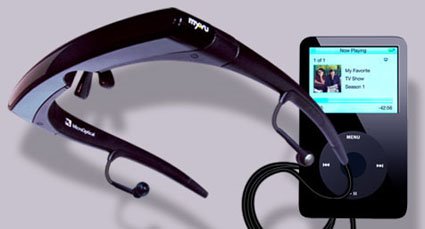When technology is used as surveillance, there can be many advantages for example in Tokyo, Kasumigaseki Station a CCTV with computerized Facial Recognition System, scans the image of a person and then compares it to a database with facial images based on biometric cameras. Only if the user is recognized then they are allowed entry onto a train (Francisco Javier Arias Moreno, 2007), this helps with recognizing potential criminals and terrorists. Technology has grown tremendously over the years, wearable computers have been introduced and they consist of features such features as, a notepad, talking reminder and weather forecast. Additional features like a wearable that scans people and then compares it to a database (similar to the Tokyo CCTV system) are being developed for the army, SWAT etc. These wearable’s can withstand walking, running and can scan multiple faces instantly (Daniel Sieberg, 2001). Wearable computers are adapting to withstand, the rigor of the society and can be adapted for many new uses such as scanning a persons body posture, so even if he grown a mustache or beard he will still be recognized. Hence the potential for wearable computers to contain such features and more would mean a very powerful tool for combating crime… or spying on civilians.

If a person is being scanned without their knowledge or permission this can be very distressing and it’s an invasion of privacy, further so if that person is denied a service (the example of the train). A research paper by (Mann, Nolan and Wellman: Sousveillance, 2003) showed there are various methods in using technology for surveillance (where people can see the image and image capture device, image displayed but wearable device is hidden, complete objection to surveillance…) society usually accept or are even amused by the prospect of them appearing on a screen from a wonderful technology, that could be hidden or apparent. However some people are adamant that surveillance as a whole is too far, as there is so many cameras around anyway, we are being watched everywhere we go and psychological profiles are being created about us. People with wearable’s can be placed inside a crowd and could interact like normal people and capture images, personal information, habits, bank details etc. on their wearable which is uploaded to a computer instantly. If this data gets lost or stolen this could be very harmful to the society, as sensitive information can be used by criminals to commit fraud and further crimes.

No comments:
Post a Comment